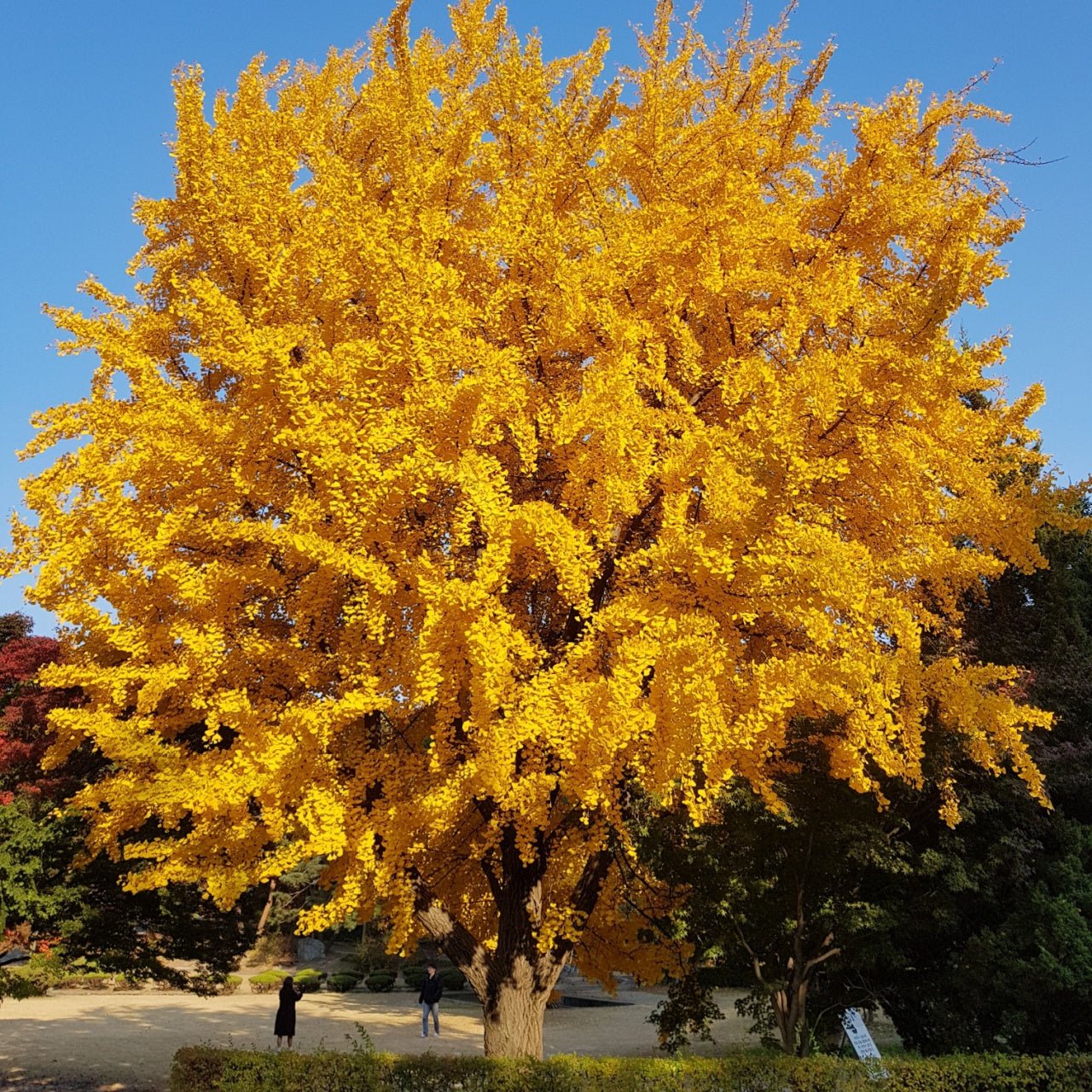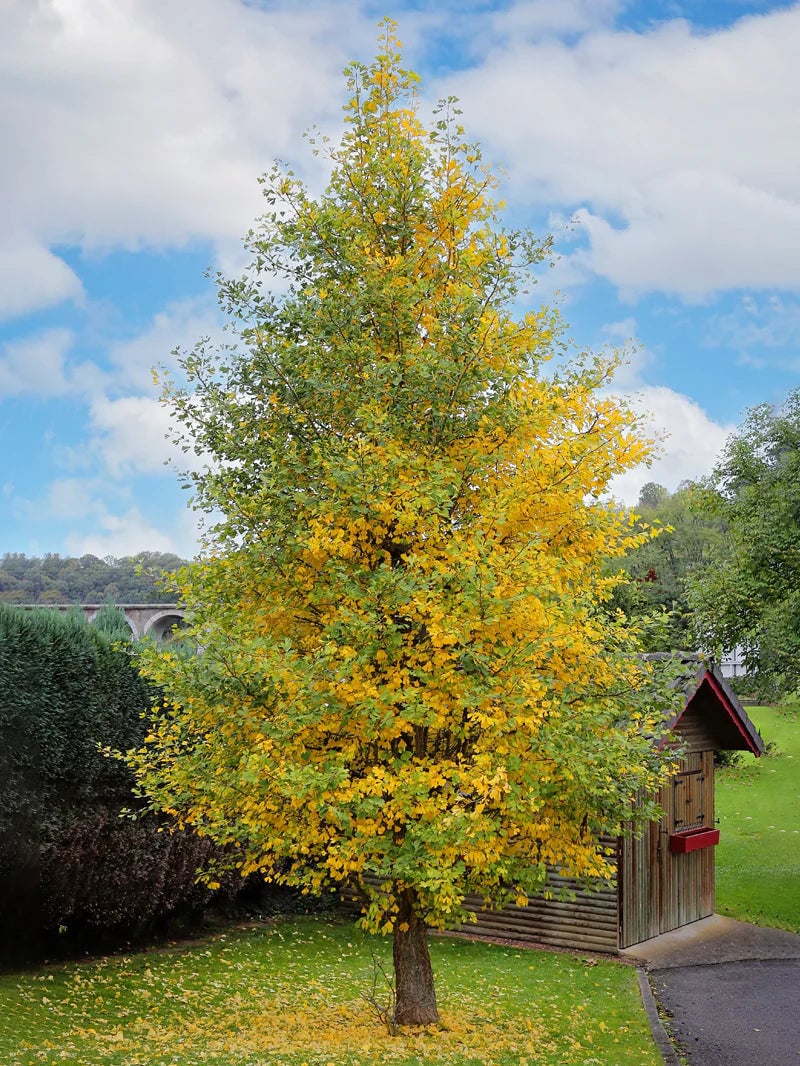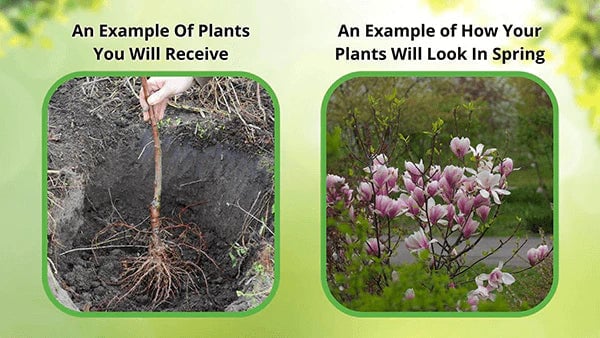



Ginkgo Biloba
This plant ships:
NowWe sell bare root plants - click here to see what you'll receive
Ginkgo Biloba - Maidenhair Tree
The ginkgo biloba is an herbalist's dream plant and is popular throughout East Asia for its purported healing properties. Also known as the maidenhair, this plant is a botanical marvel that can enhance your landscape and contribute to greater well-being if you understand its uses.
Ginkgo Biloba Is a Gift From Mother Nature
For centuries, herbalists have prescribed the ginkgo biloba to patients because of its healing properties. With the ability to increase blood flow to the brain, this tree's leaves can have a wide range of conditions. Entwined in the leaves are ingredients that can trigger natural pain relief, less anxiety, and enhance mood and cognitive abilities. Many people swear by taking daily supplements of this plant.
The Ancient History Of Ginkgo Biloba
The history of the Ginkgo biloba tree spans millions of years, and each millennium seems to be captured in the delicate folds of this tree's vibrant, fanned leaves. Consider planting it alongside vibrant plants like azaleas, rhododendrons, and camellias, adding bursts of exciting color and fragrance to your landscape.
An Eco-Friendly Addition to Landscapes
If sustainable gardening interests you, you can't go wrong with this tree. It is often prized for its ornamental shade and is known for being extremely resistant to air pollution. Whether you are planting in your yard or enhancing a commercial property, this tree is a delightful addition that will add spacious habitats for wildlife and plenty of shade for humans to enjoy on sunny days.
Embrace Ecological
Harmony Trees, flowers, shrubs, and other plants all rely on each other to thrive. When planning a garden, it's important to remember this as you choose a landscape design that is both visually appealing and harmonious. This tree is a fantastic addition to your yard, bringing you beauty and joy for years to come and supporting local plants and wildlife.
| Planting zone | [3, 4, 5, 6, 7, 8, 9] |
|---|---|
| Height At Maturity | Over 25 Feet |






Ginkgo Biloba
This plant ships:
Now| Planting zone | [3, 4, 5, 6, 7, 8, 9] |
|---|---|
| Height At Maturity | Over 25 Feet |

